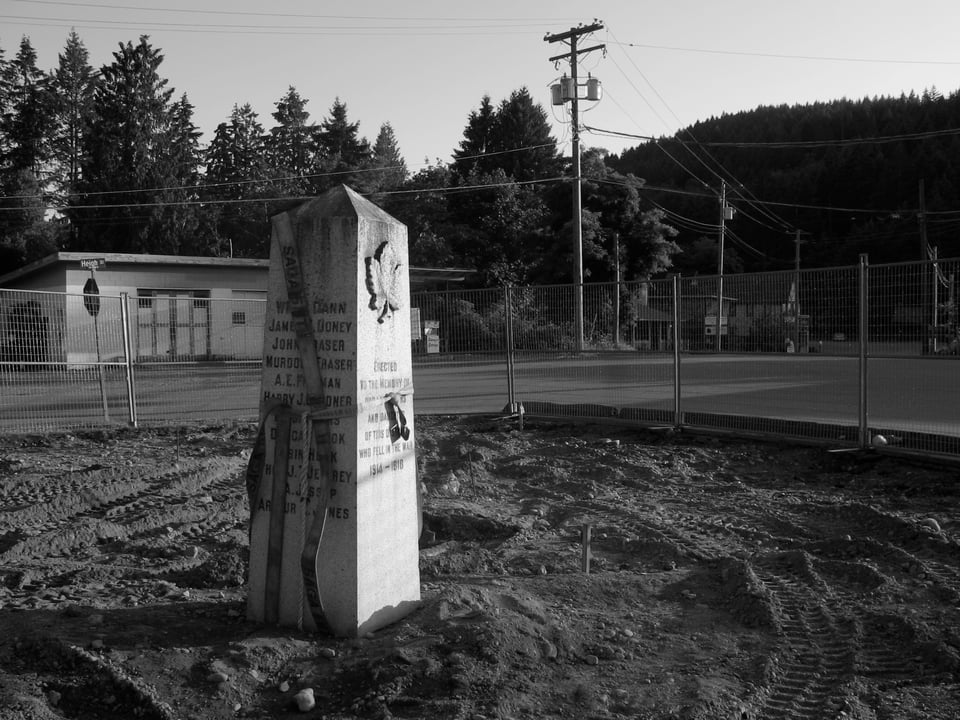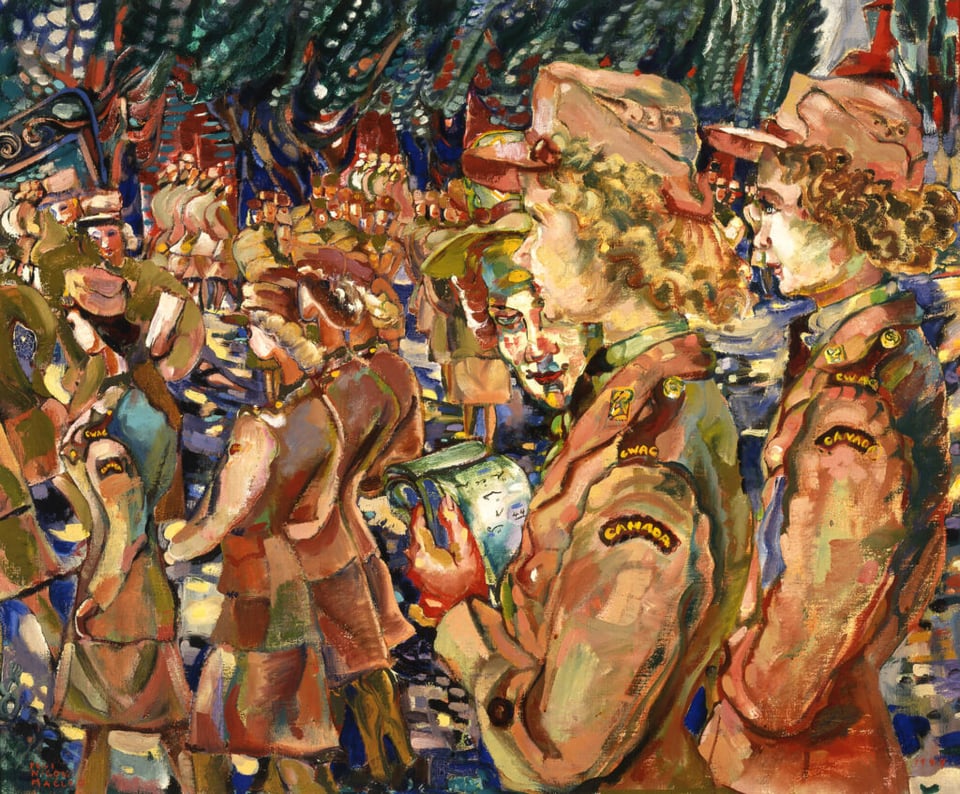And We Knew How to Dance
I grew up attending Remembrance Day ceremonies at the Cobble Hill cenotaph. When the monument to the area’s dead was unveiled in 1920 there were 25 names inscribed — more names were added with later wars. I remember the parades and the laying of the wreaths, the Last Post, and the singing of Oh God Our Help in Ages Past.
At 18-years old, I visited the Normandy beaches, and the Menin Gate — Vimy Ridge, Dieppe; the concentration camp known as Dachau. Later, in university, I visited US Civil War battlefields, and attended the Remembrance Day ceremony in London, England with friends from Quebec and Australia.
These experiences helped me teach about Canada at war. One film I like to show in class is called And We Knew How to Dance (National Film Board, director Maureen Judge, 1994). The film profiles 12 Canadian women, aged 86 to 101, who participated in the First World War effort in munition plants, on farms, or as nurses.
Click Here to watch And We Knew How to Dance
At the end of the film, the women are asked what they think about war. One response, from a woman who lost her son in the Second World War, runs through my mind each Remembrance Day:
“Well you know what, I think that all that give their lives, give it in vain. It hasn’t made the world a better place. I don’t think. I’ve never seen a headline that was anything worthwhile that two wars helped…That was terrible. And there’s still talks of war the world over.”
As Canada and the world permit genocide and accelerate toward conflict, it is worth remembering that we can best pay our respect to the dead by challenging the inevitability of war.


